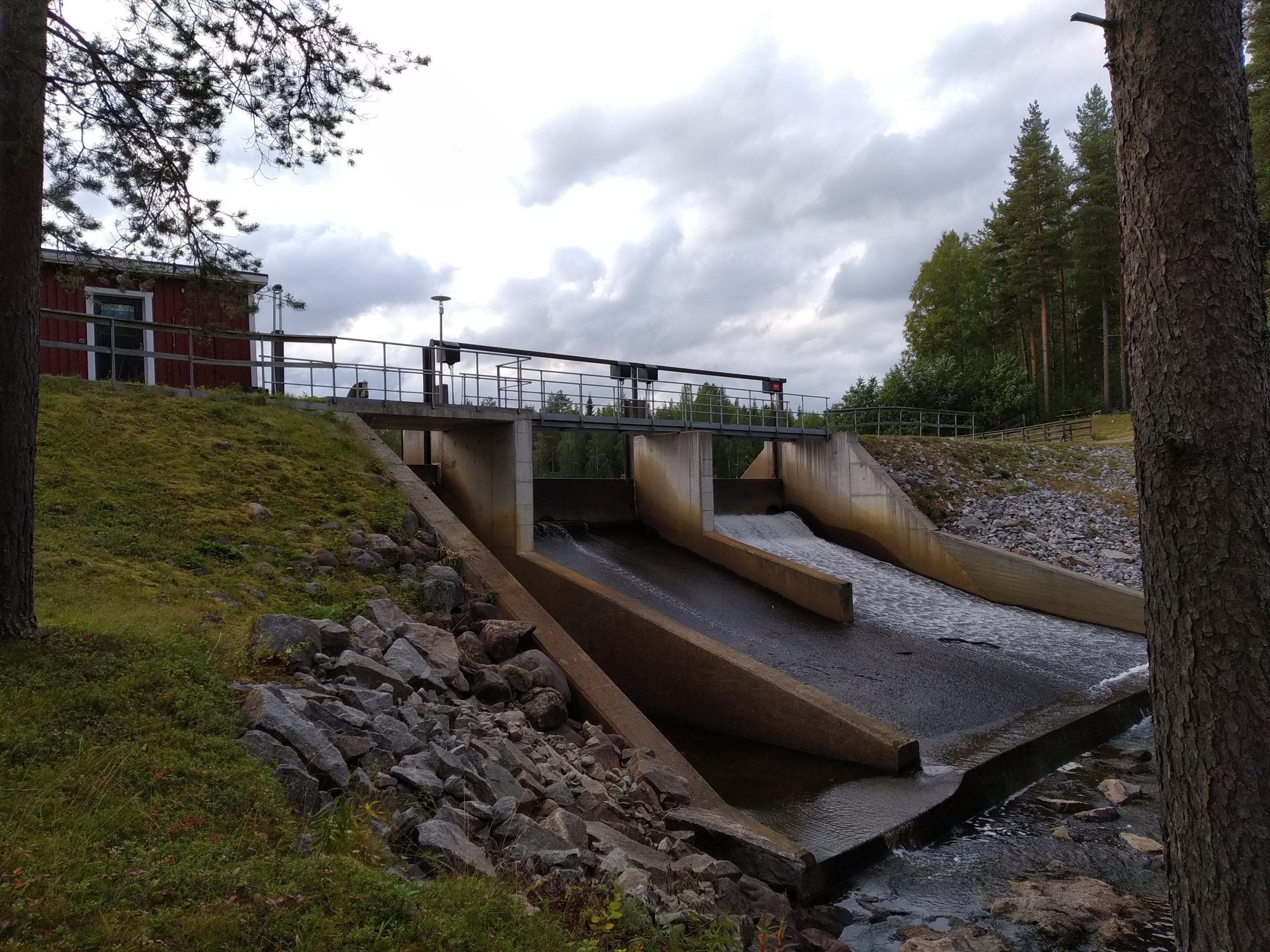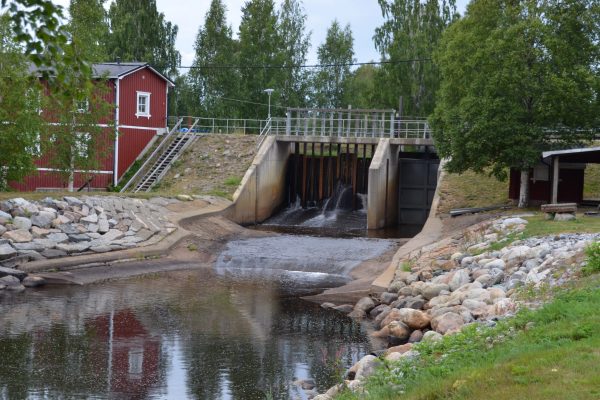Dam Removal on the Lillpite River, Sweden
Text adapted from Gunnar Bergman and Bo Nordell
The hydropower dams Lillpit (left)e and Råbäcken (right) in the Lillpite River, Sweden. Google Earth: https://earth.app.goo.gl/W9SdLr and https://earth.app.goo.gl/UwMwpt Photos: Gunnar Bergman.
The Context
The village of Lillpite is located close to Piteå in northern Sweden. The Lillpite River was once a great river for salmon and trout fishing, along with several other species of fish. In the late 1980s, two hydropower plants were built in the river, which consequently halted fish migration. Two local groups, Lillpite Älvdals Ekonomiska Förening (LÄEF) och Lillpiteälvsgruppen (LÄG) have worked for years to remove the dams and local development, as presented at the Dam Removal Seminar in Hudiksvall in 2018 */.
Lillpite Kraft AB operates the two power plants, Lillpite (built 1987) and Råbäcken (built 1989). The exploited head is 7-10 m and the total annual energy production is maximum 3.5 GWh (1500 and 2000 kW, respectively). The annual mean water flow rate is 6.24 m3/s.
The Removal
Both the Lillpite Kraft AB and the Piteå Municipality (the main owners of the plants) wish to remove the dams. This is clearly indicated by the municipality´s release of sea trout upstream of the dams in 2020, and the companies’ application for permission to remove the dams. The leadership of Piteå municipality, H. Stenberg, and A. Lundkvist recently said that they would complete the application for the demolition of the two power plants.
The main reason for these “soon-to-be” dam removals is the accumulating losses during most of the years since the hydropower operation began. Although the decision is not yet finalized (and the removal date remains TBD), the decision makers have all realised that there is no alternative. Lillpite Kraft AB and Piteå Municipality will finance the dam removal. The Municipality and Älvräddarna (Waterkeeper Alliance) have also applied for external funding from the Swedish Society for Nature Conservation (SSNC) and their eco-label Good Environmental Choice. They will most likely try to get further external funding wherever it is possible.
Why does this Matter?
LÄEF and LÄG want to demonstrate that it is possible to take advantage of the Lillpite river valley for recreation, culture, outdoor life and fishing. These dam removals also provide further precedence for the removal of active, relatively modern hydropower plants that serve as a destructive force to the local ecosystem and economy.
*/ Nordell B, Bergman G, Wiklund M. Development of the Lillpite River Valley after Dam Removal. Proc. Int. Sem. on Dam Removal, 24-26 Sept. 2018, Hudiksvall, Sweden http://ltu.diva-portal.org/smash/get/diva2:1235414/FULLTEXT02.pdf




